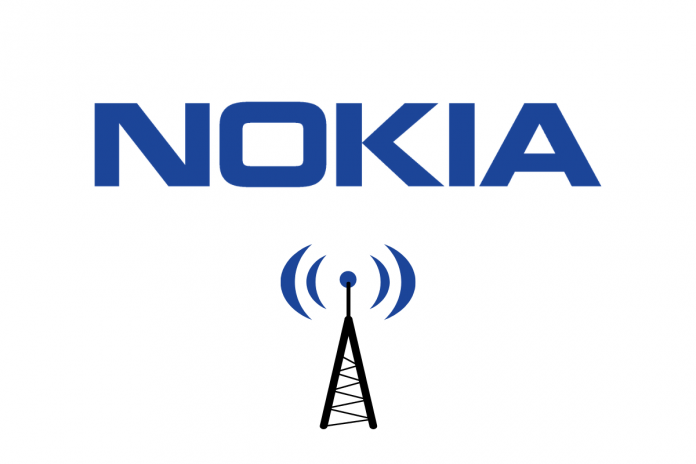According to Omdia, a leading independent global research company, Nokia has been ranked as the industry leader in optical networks in India by market share.
According to a recent Omdia study on market share analysis, Nokia grew by more than 10% last year, gaining over 25% market share to become the market leader in India’s optical networks market.
Nokia’s broad and innovative product range, combined with its strong presence in the region, has enabled it to steadily grow its optical network market share.
Nokia has set itself apart by providing cutting-edge optical network products for all parts of the communications network.
Specific solutions for Data Center Interconnect (DCI) and the business sector are among the company’s many items. Nokia’s super coherent Digital Signal Processors (DSP) – Photonic Service Engine (PSE) – use the pathbreaking modulation technique of Probabilistic Constellation Shaping (PCS) to advance optical fiber transmission power to the Shannon Limit* stage.
This allows service providers to achieve higher bandwidth and scope while improving spectral performance. Low power consumption, small footprints, and low cost per bit transport are all advantages for service providers.
India’s competitive optical networks segment, according to Ian Redpath, Practice Leader, Transport Networks & Components at Omdia, is on the rise, with ever-increasing data consumption. Nokia’s Photonic Service Engine-based products have changed the game by enabling service providers to increase capacity while keeping costs under control.
Nokia’s emphasis on product innovation, backward compatibility of its DSPs, and addressing customer problems has helped the company achieve #1 position in optical networks in India in 2020, with a market share increase of more than 10% year on year.
India’s optical networks market is worth more than $415 million, according to Omdia’s market share analysis survey, and it spans all layers of telecom networks, including backhaul, connectivity, aggregation, and National Long Distance. Because of the continued rise in mobile data use, this is expected to increase in the coming years.
According to Nokia’s MBiT Index 2021, the overall average monthly data consumption increased by 76 percent between 2015 and 2020, reaching 13.5GB in December 2020. The transmission network’s capacity must be increased at a low cost, which is a challenge for service providers.
Follow and connect with us on Facebook, LinkedIn & Twitter

